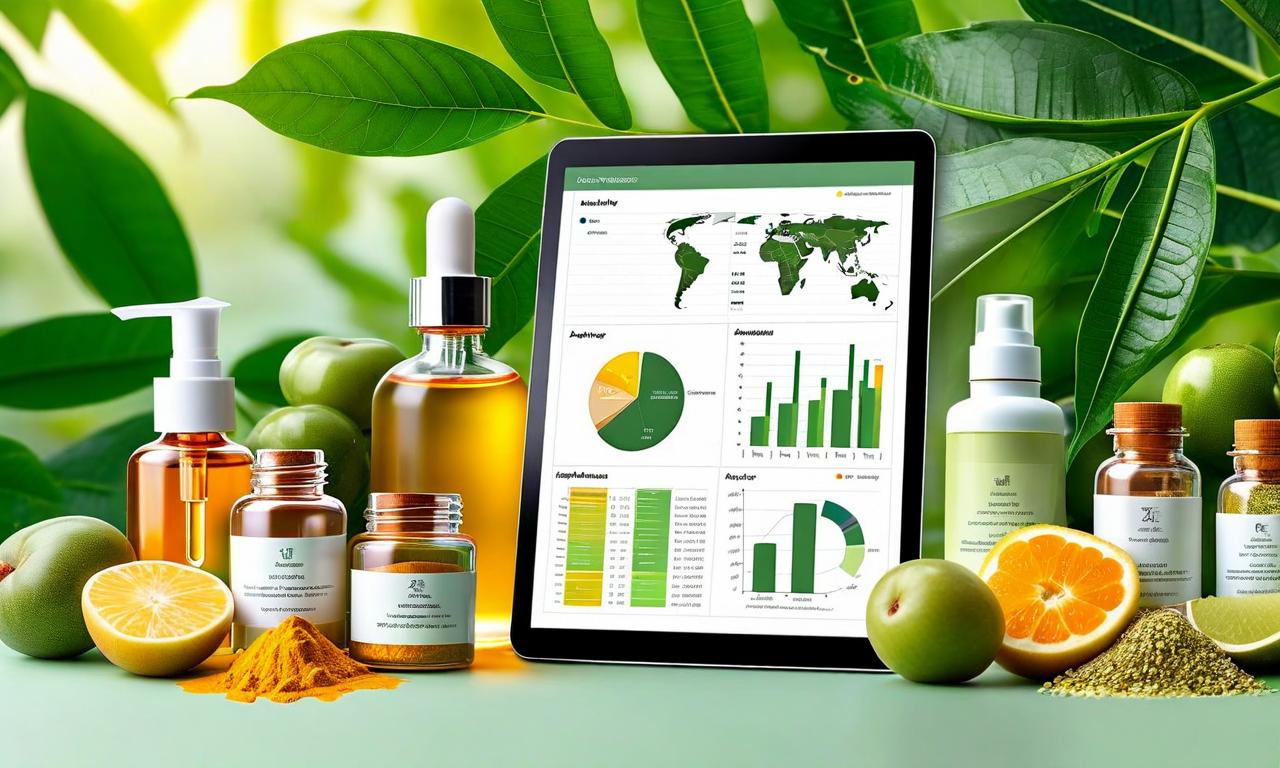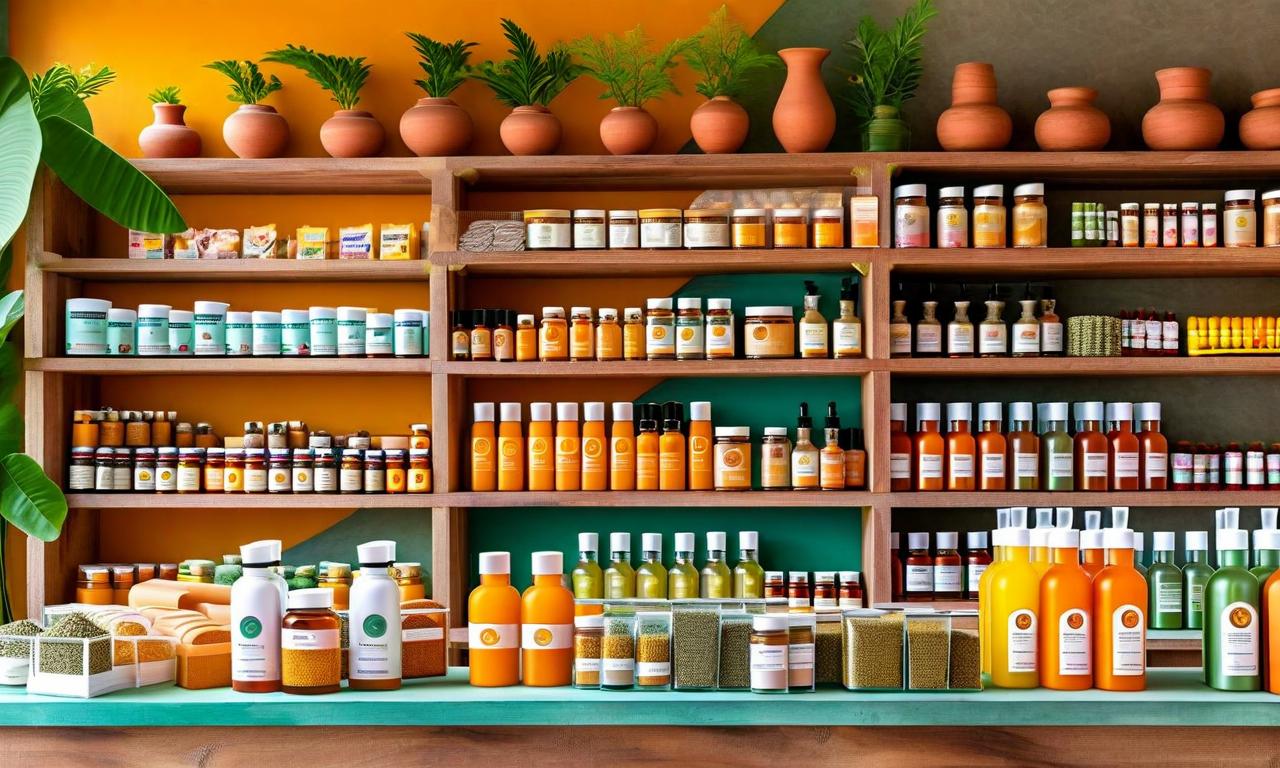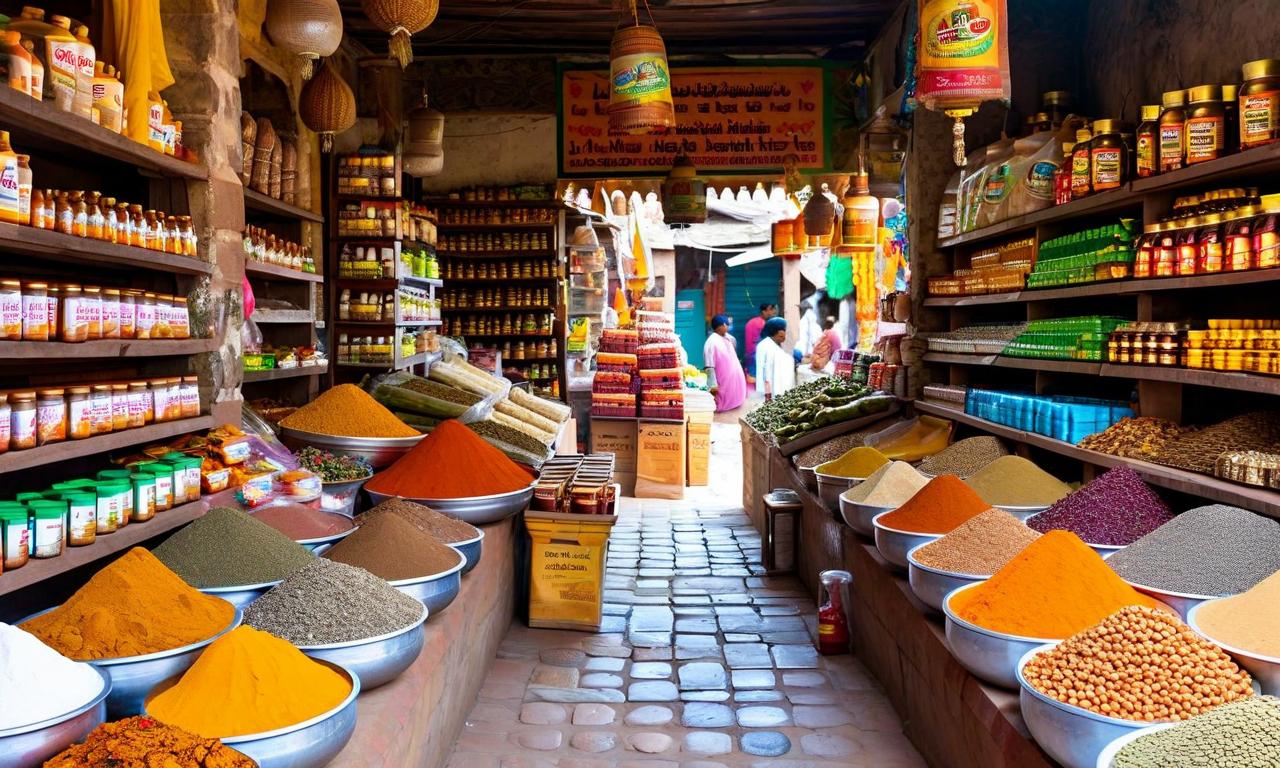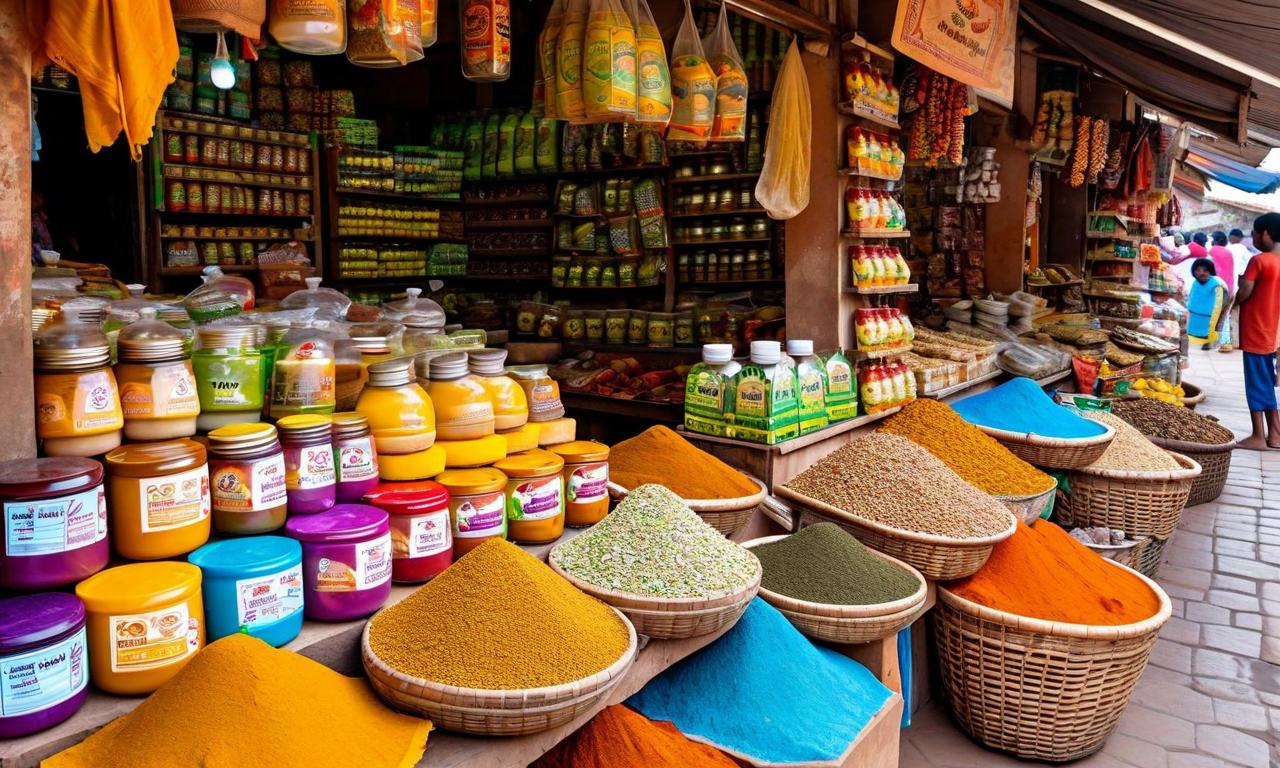Dabur India Reports 5.4% Revenue Growth in Q2 FY2026 Amid GST Transition
Dabur India Limited achieved 5.4% year-on-year consolidated revenue growth for Q2 ending September 30, 2025, despite GST reforms and seasonal challenges. The company's India FMCG business grew by 5.7%, while international business saw 7.7% growth in INR terms. Operating profit and PAT increased by 6.4% and 6.5% respectively. GST rate reductions affected 66% of Dabur's products, with 86% now under the 5% GST bracket. The HPC portfolio grew by 8.9%, with toothpaste segment showing 14% growth. Healthcare and digestive portfolios also performed well. International business growth varied across markets, with some countries showing strong performance while Nepal declined due to geopolitical issues. Dabur announced the launch of Dabur Ventures with a Rs. 500 crore allocation for digital-first businesses. The company expects mid-to-high single-digit growth for H2, supported by favorable factors like good monsoon and GST benefits.

*this image is generated using AI for illustrative purposes only.
Dabur India Limited , a leading FMCG company, reported a 5.4% year-on-year growth in consolidated revenue for the quarter ended September 30, 2025. The company navigated through GST reforms and seasonal headwinds to deliver growth across its diverse portfolio.
Key Financial Highlights
- Consolidated revenue growth: 5.4% year-on-year
- India FMCG business growth: 5.7%
- International business growth: 7.7% in INR terms
- Operating profit growth: 6.4%
- PAT (Profit After Tax) growth: 6.5%
GST Impact and Market Response
The GST reforms significantly impacted Dabur India's portfolio, with rate reductions affecting nearly 66% of its products. Key categories benefiting from the GST rate cuts include:
- Juices
- Toothpaste
- Hair oils
- Shampoos
- Glucose
- Ayurvedic medicines
With these changes, 86% of Dabur India's portfolio now falls under the 5% GST bracket. However, the transition caused temporary trade disruptions, resulting in an estimated impact of approximately Rs. 100.00 crore (3-4% of sales).
Segment Performance
HPC (Home and Personal Care) Portfolio
- Overall growth: 8.9%
- Toothpaste segment growth: 14%, driven by Dabur Red franchise and Meswak
Healthcare Portfolio
- Health supplements: Mid-single-digit growth
- Honey: 28% volume growth
- Chyawanprash and Glucose: Market share gains
Digestive Portfolio
- Hajmola franchise: Double-digit growth
- Variants like Chatcola, Limcola, and Mr. Aam now contribute over 50% to the overall brand franchise
OTC and Ethicals
- Honitus: 28% growth, driven by monsoon demand
- Ayurvedic health juices: 25% growth
Juices and Nectars
- Real Activ 100% juices: 45% growth
- Coconut water sales: Two-fold increase
International Business Performance
The international business registered a growth of 7.7% in INR terms and 5.5% in constant currency terms. Notable performances include:
| Market | Growth Rate |
|---|---|
| Dubai | 12% |
| Nigeria | 10% |
| UK | 37% |
| Namaste | 11% |
| Turkey | 37% |
| Bangladesh | 13% |
However, geopolitical disturbances in Nepal led to a 15% decline in that market.
Future Outlook and Initiatives
Dabur Ventures: The company announced the launch of Dabur Ventures with a capital allocation of Rs. 500.00 crore over the next few years. This initiative aims to invest in high-potential, digital-first businesses aligned with Dabur India's strategic vision.
Growth Expectations: Management provided guidance of mid-to-high single-digit growth for the second half of the fiscal year, backed by low-to-mid single-digit volume growth.
Factors Supporting Growth:
- Good monsoon
- GST benefits
- Expected strong winter season
Rural Focus: The company is expanding its rural footprint through Project Saksham, upgrading sub-stockists to stockists, and leveraging its distribution network.
Premiumization Strategy: Dabur India is driving premiumization across categories, focusing on products with 20% higher MRP and accretive gross margins.
Mohit Malhotra, CEO of Dabur India Limited, commented, "We demonstrated operational agility by executing timely price reductions across the portfolio, thereby effectively transmitting the benefits to the consumers. While the GST reduction is structurally positive, it led to a temporary disruption in trade as the channel anticipated forthcoming rate reductions following lower MRP."
As Dabur India navigates through the post-GST landscape and focuses on both rural expansion and urban premiumization, the company appears well-positioned to capitalize on the evolving market dynamics in the Indian FMCG sector.
Historical Stock Returns for Dabur India
| 1 Day | 5 Days | 1 Month | 6 Months | 1 Year | 5 Years |
|---|---|---|---|---|---|
| -0.34% | +0.34% | +2.78% | +6.75% | -1.63% | +2.25% |


















































